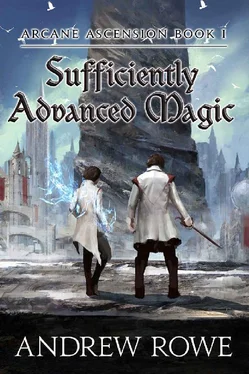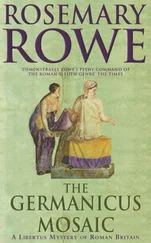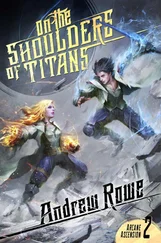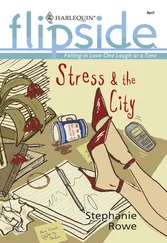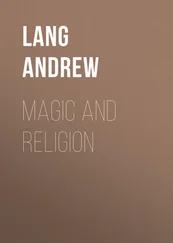Arachne, the God Spider— God Beast of (????)
God Beast Children:
Mizuchi— Deadly serpent, called “Hero’s End”. Child of Seiryu.
Major Nations:
Valia— Nation on the eastern coast of the continent of Kaldwyn. Home to the Serpent Spire and the Lorian Heights Academy.
Edria— Imperialistic southern nation. Conquered Kelridge during the Six Years War and nearly conquered Valia as well.
Caelford— Technologically advanced nation on the western coast of the continent. Allied with Valia.
Dalenos— Theocracy; covers most of the northern side of the continent.
Kelridge— A territory that was a part of Dalenos prior to the Six Years War. Conquered by Edria and now known as East Edria.
Days of the Week:
Tashday
Kyrsday
Fersday
Tensday
Vasday
Wyddsay
Corin Cadence owes his existence to the “Cobalt Nightmares” role-playing game campaign by Bernard Hansel, Justin Green, Danielle Collins, and numerous other game masters and staff. While the Corin in this novel differs significantly from the character in that game world, playing “Corwin Page” is what gave me the first hints of inspiration for this book.
Similarly, Sera Shard/Sera Cadence was inspired by her analogue in Cobalt Nightmares, played by Jess Richards.
As always, my beta readers were essential in improving the quality of this manuscript. They included Sean Anderson, Chris Avellone, Danielle Collins, Gereon Hinz, Josh Kutterer, Jess Richards, Christine L. Rowe, Jay Taylor, Will Wight, and Jennifer Williamson.
Thank you to Tim Marquitz for the some amazing editing assistance with the book. I truly appreciate your help and advice.
Daniel Kamarudin has been my cover artist since my first book — and he’s only gotten better over time. I was thrilled to work with him again on this project. Thanks for the help, Daniel.
Much of my inspiration for this work came from web serials such as Mother of Learning by nobody103, Worm by Wildbow, and Harry Potter and the Methods of Rationality by Eliezer Yudkowsky.
Another layer of my inspiration came from JRPGs such as Final Fantasy , Tower of Druaga , Azure Dreams , Lufia 2: Rise of the Sinistrals , Ys , the SaGa series, Seiken Densetsu , and Bravely Default . In specific, the massive towers owe much of their existence to the earlier JRPGs on the list, and the idea of building a magic system around character classes was largely inspired by Bravely Default . While many earlier JRPGs had “job class” systems, Bravely Default worked character classes into their story — and that’s something I wanted to expand on further.
The title of this book is a reference to Arthur C. Clarke’s Third Law: “Any sufficiently advanced technology is indistinguishable from magic.” I deliberately inverted this as an homage, as well as to represent the theme of exploring magical research within the story.
Finally, thanks to the community over on Reddit’s /r/fantasy, especially asuraemulator, Green0Photon, Jadeyard, and the other users that took the time to give me feedback on my earlier works.
If you enjoyed the RPG-like elements of this novel, you might also be interested in checking out the swiftly-growing LitRPG genre of books. Some of the early supporters for this novel came from the LitRPG community on Facebook, which can be found at facebook.
